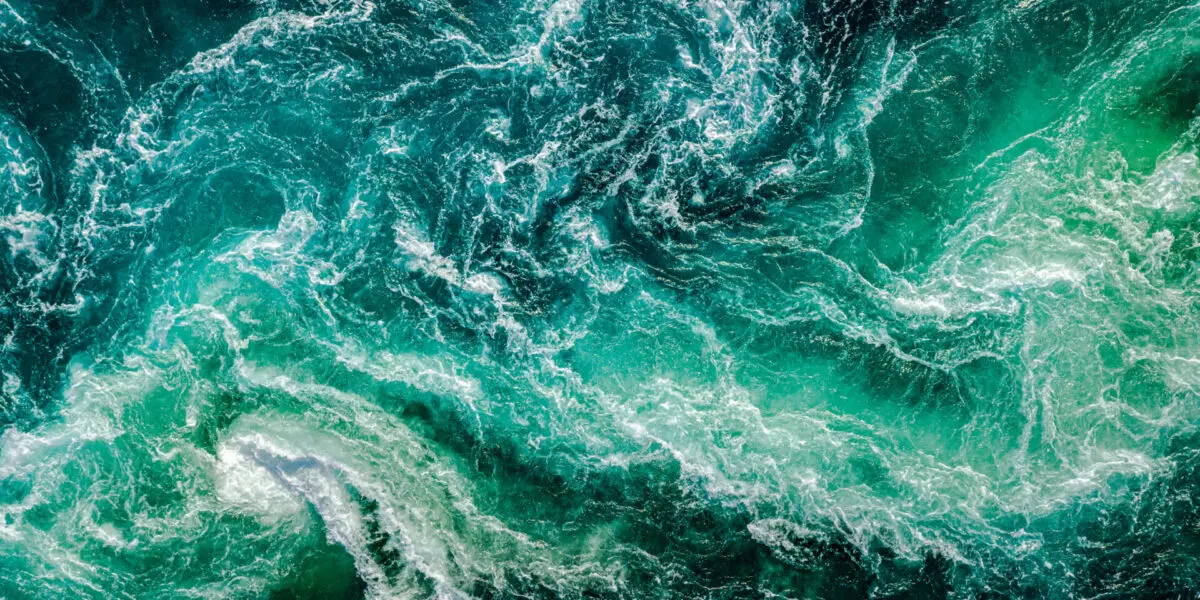The Invisible Crisis - Why Your Tap Water May Stop Running Sooner Than You Think

Turn on your tap right now. Watch the water flow effortlessly, endlessly. This simple act - one you’ve performed thousands of times - may soon become a luxury. In fact, by 2040, most of the world won’t have enough water to meet year-round demand. The crisis isn’t coming; it’s already here.
The Day Water Stopped
Imagine waking up to find your city’s water supply shut off indefinitely. Let’s forget about the showers and coffee for now, and imagine there’s no drinking water. For 4 million residents of Cape Town, South Africa, this nightmare nearly became reality when they faced “Day Zero” - the day their taps would run dry. They would have become the first major city in modern history to run out of water.
But Cape Town isn’t alone. São Paulo, Melbourne, Jakarta, London, Beijing, Istanbul, Tokyo, Bangalore, Barcelona, and Mexico City are all racing toward their own Day Zero. Unless something changes dramatically, these metropolitan centers will face severe water shortages within decades.
The Math Doesn’t Add Up
Here’s the sobering reality: Earth has 326 million trillion gallons of water - an unchanging amount that has existed since our planet’s formation. But 97% is salty ocean water, and 2% is locked in polar ice. Humanity relies on just 1% of Earth’s water to survive. And we’re using it in ways that defy logic:
- Mexico City, built on what was once a lake, loses 42% of its drinking water to leaky pipes.
- Southern California uses over two trillion gallons yearly to grow alfalfa in the desert.
- India and China grow their most water-intensive crops in their driest regions.
- The Colorado River, which sustains major U.S. cities and Mexican communities, has shrunk so much it leaves a visible “bathtub ring” at its reservoirs.
The Hidden Water in Your Life
You might think you’re water-conscious because you take short showers or turn off the tap while brushing teeth. But direct water use - drinking, washing, and flushing - accounts for only 8% of global freshwater consumption. The real water story lies in what you eat and wear:
- One quarter-pound hamburger: 1,650 liters of water
- One cotton shirt: 2,500 liters
- One cup of coffee: 130 liters
- One glass of beer: 74 liters
That burger’s water footprint isn’t from the meat itself - it’s from the massive amount of water needed to grow feed for cattle. A single cow consumes about 12 kilograms of feed daily, with each kilogram of alfalfa requiring 510 liters of water.
The Price of “Free” Water
Water presents a paradox: it’s simultaneously priceless and nearly worthless in economic terms. Farmers pay almost nothing for it, which is why fast-food chains can sell hamburgers for pocket change despite their massive water footprint. This artificial cheapness leads to absurd situations where water-intensive crops are grown in deserts, and failing infrastructure goes unrepaired.
Goldman Sachs predicted water would become “the petroleum of the 21st century.” But water isn’t oil - you can’t live more than a few days without it. As scarcity increases, conflicts are already erupting:
- In Mexicali, residents violently protested a brewery’s guaranteed water access while local farmers struggled.
- Water scarcity contributed to conflicts in Darfur and Syria.
- The shrinking of Lake Chad has fueled tensions in northeast Nigeria.
What Happens Next?
The future of water will likely be both more expensive and more efficient. Desalination plants are doubling in capacity, but currently produce less than 1% of our water needs. Cities are experimenting with income-based water pricing to ensure basic access while encouraging conservation. But the most powerful changes come from awareness.
When Cape Town faced Day Zero, residents cut water consumption by 50% in just four years. The crisis was averted not just by rain, but by people recognizing water’s true value before it was too late.
What You Can Do Today
- Understand your water footprint - it’s not just about your shower length, but about your food choices and consumption patterns.
- Support water infrastructure investment in your community.
- Choose water-efficient products and foods.
- Advocate for water pricing that reflects its true value while ensuring basic access for all.
- Reduce meat consumption, particularly beef, to dramatically lower your water footprint.
The water crisis isn’t a future threat - it’s unfolding now, one dripping tap, one leaking pipe, one water-intensive meal at a time. But unlike many global challenges, this one has clear solutions. They require us to rethink our relationship with water, recognizing it as both a human right and a finite resource worthy of protection.
What flows from your tap today is the result of choices made generations ago. What flows - or doesn’t flow - from your children’s taps will be the result of choices we make today.